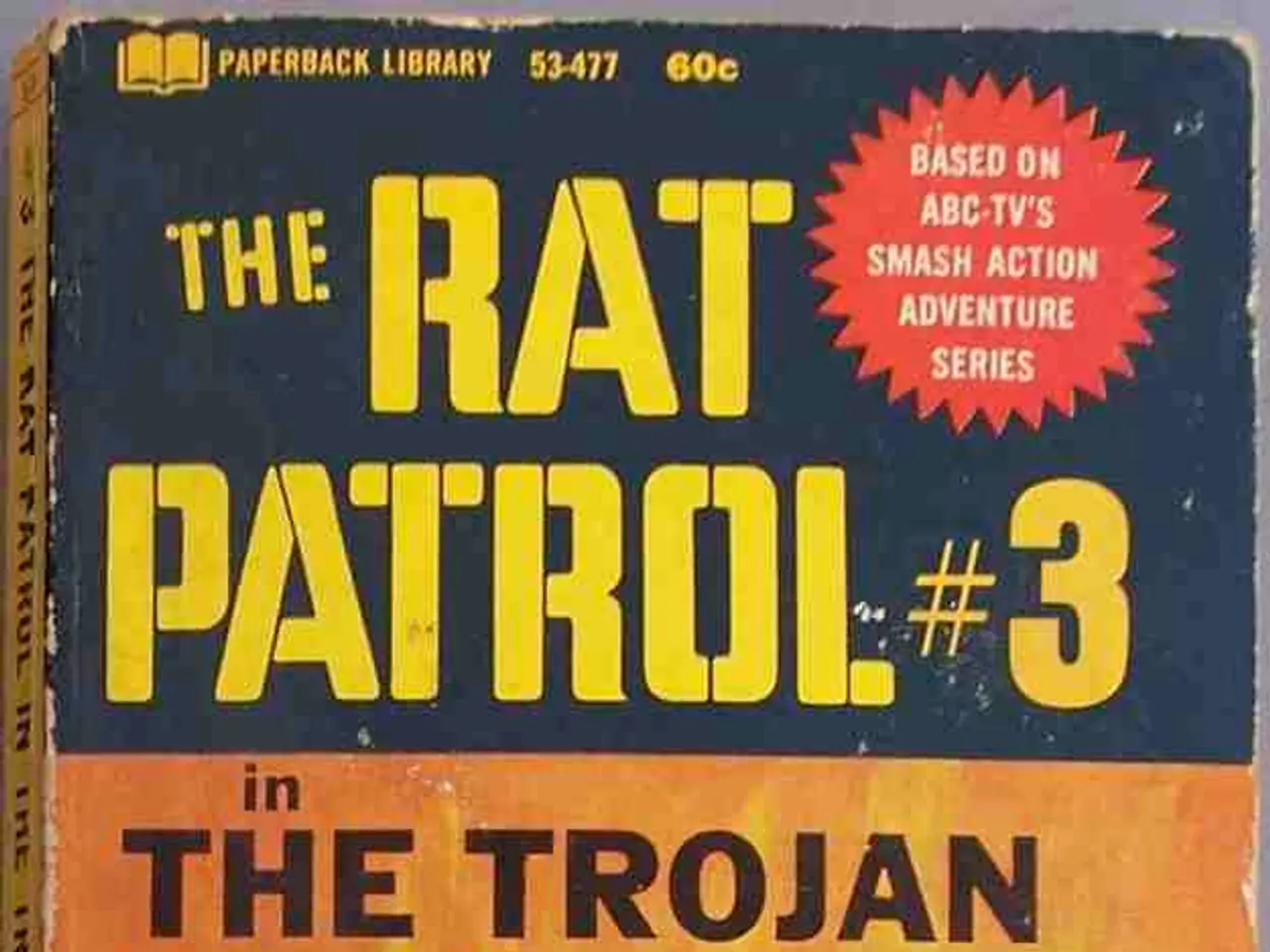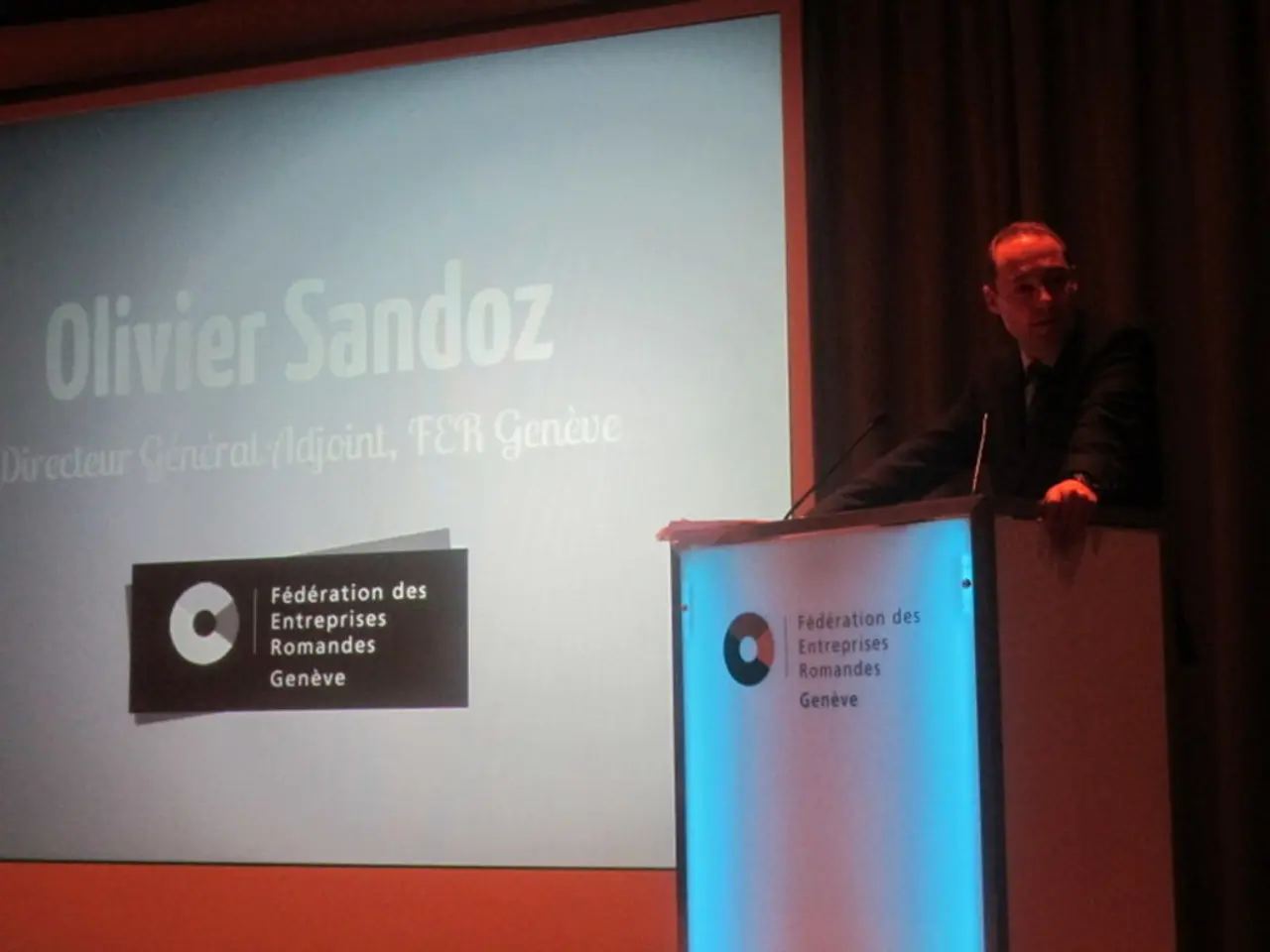Military-Civil Encoding, Communication, and Endurance
The United States military has developed a distinct lexicon, primarily to ensure clear, standardized communication within its complex and hierarchical organisation. This unique language, which has evolved over time to meet tactical needs, plays a crucial role in enhancing operational security, fostering efficient coordination among diverse units, and allied forces.
During World War II, for instance, the Marine Corps utilised the Navajo language as a code for secure communication due to its unwritten and unintelligible nature to enemies. Special Navajo code words were created for military terms that did not exist in the language, demonstrating the adaptability of military terminology to meet specific tactical needs.
The Department of Defense maintains a standardised military dictionary to ensure mutual understanding and precise communication within the U.S. military and with allied nations. This shared vocabulary provides a system of meaning that requires training to access.
However, the effects of this distinct military-specific language on civil-military relations are multifaceted.
On one hand, the specialized lexicon supports a shared culture and professionalism within the military, helping service members identify as part of a distinct community. This enhanced professional identity and cohesion can be beneficial for morale and operational efficiency.
On the other hand, the unique language may create a gap between military personnel and civilians, making military concepts and operations less accessible or understandable to the general public and policymakers. This potential communication barrier can complicate civilian oversight and public support.
Moreover, emerging subcultures within the military, each with their own lexicons, may struggle to integrate fully with the dominant military culture. This challenge can affect operational coordination and internal cohesion.
In recent years, the term "integrated deterrence" has cascaded down the hierarchy of strategic documents, including the 2022 National Defense Strategy. This concept, along with "joint lethality in contested environments," as seen in the 2018 National Defense Strategy, has led to creative jargon usage.
These buzzwords and introduced jargon are often used to show deference to leadership and avoid decreased funding or support. However, they can also create information asymmetries that complicate civilian control and oversight.
The Hawaii National Guard, for example, had to justify how one of its core activities supported a critical strategic priority due to the 2018 National Defense Strategy's directive.
Dr. Elena Wicker, a presidential management fellow at US Army Futures Command, researches the history of US military lexicography, the politics of military document drafting, and the bureaucratic power of jargon and terminology to shape innovation and modernization. Her work provides valuable insights into the complex relationship between the military's unique dialect and civil-military relations.
In conclusion, the U.S. military’s unique lexicon, developed for operational clarity and security, fosters internal cohesion but can also complicate civil-military communication and integration, influencing how military institutions relate to and are perceived by civilian society. It is essential to strike a balance between maintaining operational security and ensuring that the general public and policymakers can understand the military's strategies and operations for effective civilian oversight and support.
[1] Source: Navajo Code Talkers: The History and Impact [2] Source: Department of Defense Dictionary of Military and Associated Terms [3] Source: The Language of Cybersecurity: A Study of the Language and Cognitive Frameworks of Cybersecurity Professionals
- The unique military-specific language, developed for operational clearness and security, can foster professional identity and cohesion among military personnel, contributing to enhanced morale and operational efficiency.
- However, this specialized language might create a gap between military personnel and civilians, making military concepts and operations less accessible or understandable to the general public and policymakers, potentially complicating civilian oversight and public support.
- In recent years, terms such as "integrated deterrence" and "joint lethality in contested environments" have become prevalent in strategic documents, reflecting the military's creative use of jargon to demonstrate deference to leadership, but also creating information asymmetries that complicate civilian control and oversight.
- The Hawaii National Guard had to justify its core activities in terms of supporting critical strategic priorities, in response to the 2018 National Defense Strategy's directive.
- Dr. Elena Wicker's research on the history of US military lexicography, the politics of military document drafting, and the bureaucratic power of jargon and terminology provides valuable insights into the complex relationship between the military's unique dialect and civil-military relations, emphasizing the need to strike a balance between maintaining operational security and ensuring the general public and policymakers can understand the military's strategies and operations for effective civilian oversight and support.




